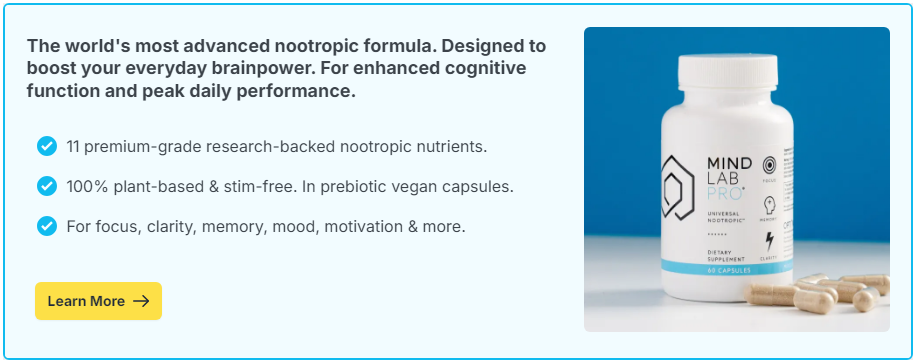
For years, my afternoons followed a predictable pattern: around 3 p.m., my energy would dip, my focus would scatter, and I’d start craving something sweet or salty. I told myself a snack was just what I needed to power through the rest of the workday. And for a few minutes, it worked. A chocolate bar, a handful of chips, or a muffin would give me a short-lived burst of energy – followed by an even worse crash.
Eventually, I realized the problem wasn’t the snack itself. It was what I was eating and how it affected my brain and body. My afternoon snack was acting like a quick match – it burned bright and fast but left nothing to sustain me. What I needed wasn’t more calories; it was smarter fuel.
Contents
The Afternoon Slump Explained
That post-lunch crash isn’t just in your head – it’s biological. Blood sugar levels tend to dip in the early-to-mid afternoon, which can trigger fatigue, reduced focus, and increased hunger signals. If you respond by eating something high in refined carbs and sugar, you’ll get a quick spike in blood sugar followed by a steep drop. That’s the roller coaster that leaves you yawning at your desk an hour later.
For me, this meant I was often riding a wave of energy spikes and dips from lunch until dinner. And every spike-and-crash cycle was making my productivity worse.
What Makes a “Smarter” Snack
A better snack needed to do two things: stabilize my blood sugar and give my brain nutrients it could use right away. I started looking for foods with a mix of protein, healthy fats, and slow-digesting carbs. That combination would help me avoid the sugar rush while providing steady fuel.
Here are the principles I settled on:
- Protein for satiety and steady energy.
- Healthy fats to slow digestion and provide lasting fuel.
- Complex carbs to prevent a crash and support steady blood sugar.
- Micronutrients that support brain function – like omega-3s, antioxidants, and vitamins.
The Snack Swap That Changed My Afternoons
After some trial and error, I landed on a combination that I actually look forward to: Greek yogurt with a handful of walnuts and blueberries. Here’s why it works so well:
- The Greek yogurt gives me 12–15 grams of protein and probiotics for gut health.
- The walnuts add omega-3 fatty acids, which are linked to better brain performance.
- The blueberries are rich in antioxidants that support memory and cognitive function.
It’s satisfying, takes under two minutes to prepare, and doesn’t leave me in a carb coma. I’ve also used variations like hummus with carrot sticks, apple slices with almond butter, or a boiled egg with avocado on whole-grain crackers.
Boosting the Effect with Brain Nutrition
While improving my snack helped stabilize my physical energy, I wanted my brain to get the same level of support. That’s when I started taking Mind Lab Pro in the morning. It’s a nootropic supplement with ingredients like citicoline for brain energy, lion’s mane mushroom for neuroplasticity, and bacopa monnieri for memory. With my brain already primed earlier in the day, the smarter snack kept that clarity going well into the late afternoon.
The Results
After a few weeks, I noticed some clear changes:
- No more crashes: My energy stayed level from lunch to dinner.
- Better focus: I could tackle mentally demanding work in the late afternoon without feeling foggy.
- Fewer cravings: I stopped reaching for sugary snacks out of habit.
- Improved mood: No more irritability from blood sugar swings.
Tips for Making the Switch
If you want to replace your afternoon snack with something smarter, here’s what worked for me:
- Plan it ahead of time so you’re not grabbing whatever’s easiest when you’re already hungry.
- Choose a combination of protein, healthy fat, and complex carbs.
- Keep it quick – if it takes more than a few minutes to make, you’re less likely to stick with it.
- Experiment until you find a combination you genuinely enjoy.
My afternoon snack used to be a mindless habit that actually worked against me. Now it’s a deliberate choice that keeps me focused, energized, and satisfied. The right fuel doesn’t just help you get through the day – it can change the way you feel and perform, long after the workday ends.

